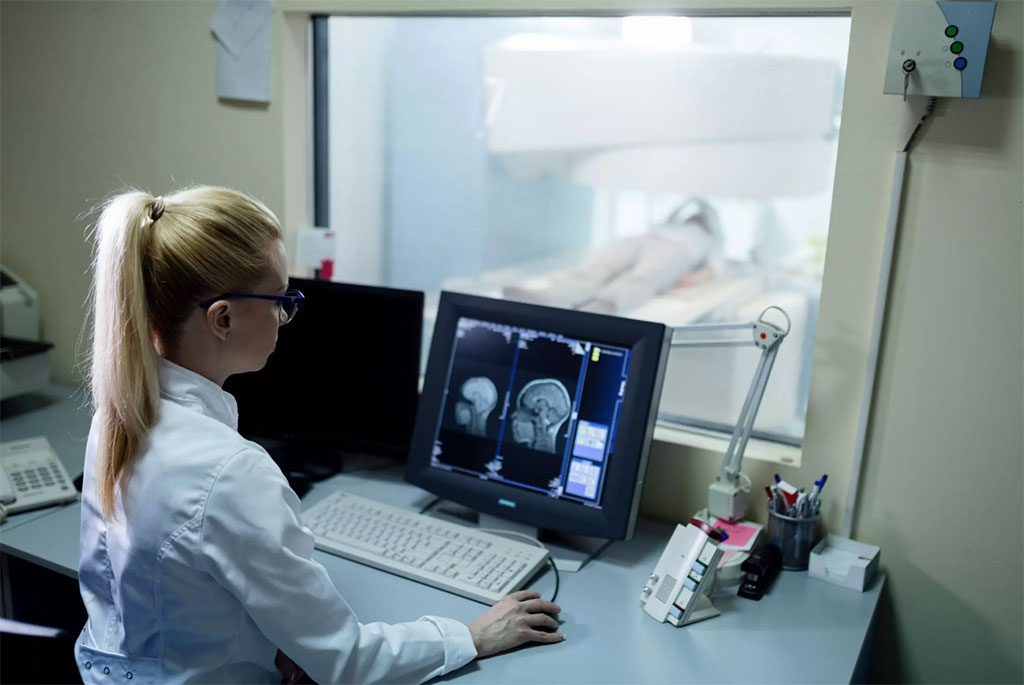New AI Tool Reduces Radiologists Read Times by 40%
Posted on 22 May 2023
Locating patients' previous examinations can be a significant time drain in a radiologist's workflow. Now, a new study suggests that deep learning technology could help considerably lessen this load.
A study by researchers with the Department of Radiology at University Hospital Basel (Basel, Switzerland) has shown that employing a deep learning tool to identify patients' relevant past imaging can reduce radiologists' interpretation times by about 40%. The tool named TimeLens proved effective in identifying exams and highlighting significant findings from past exams for radiologists to examine. TimeLens is built on natural language processing and descriptor-based image-matching algorithms. The findings suggest that reducing the time spent by radiologists to manually search for previous exams could greatly benefit both patients and healthcare providers.

For the study, the researchers assessed the reading times and habits (clicks, mouse movements, etc.) of radiologists using the tool on 3,872 series of 246 radiology examinations from 75 patients (189 CTs, 95 MRIs). With the use of TimeLens, the average time needed to examine a finding at any given timepoint dropped from 107 to 65 seconds, with the most significant reductions observed in pulmonary nodule assessments. Since the tool identified relevant past exams for the readers, its use also resulted in over 17% fewer clicks and a 38% reduction in mouse travel.
Another notable observation was that younger, less experienced radiologists were quicker when using the tool compared to their more experienced counterparts. The researchers believe this is due to the younger generation being more accustomed to digital technology, hence adapting to new technologies with ease. While the exact financial impact of time savings from not having to locate past imaging is challenging to determine, the team estimated, using NHS data, that utilized the deep learning tool could have saved 1,145 days of reading time within the NHS system alone in August 2021, based on 780,000 cross-sectional imaging examinations with an average of three findings per study requiring comparison.
“The time-intensive nature of this longitudinal assessment is not only suboptimal in the setting of increasing radiology workloads, but can also result in limited review of relevant prior examinations, putting interpretive accuracy and report quality at risk,” noted Thomas Weikert, MD, corresponding author with the Department of Radiology at University Hospital Basel.
Related Links:
University Hospital Basel













